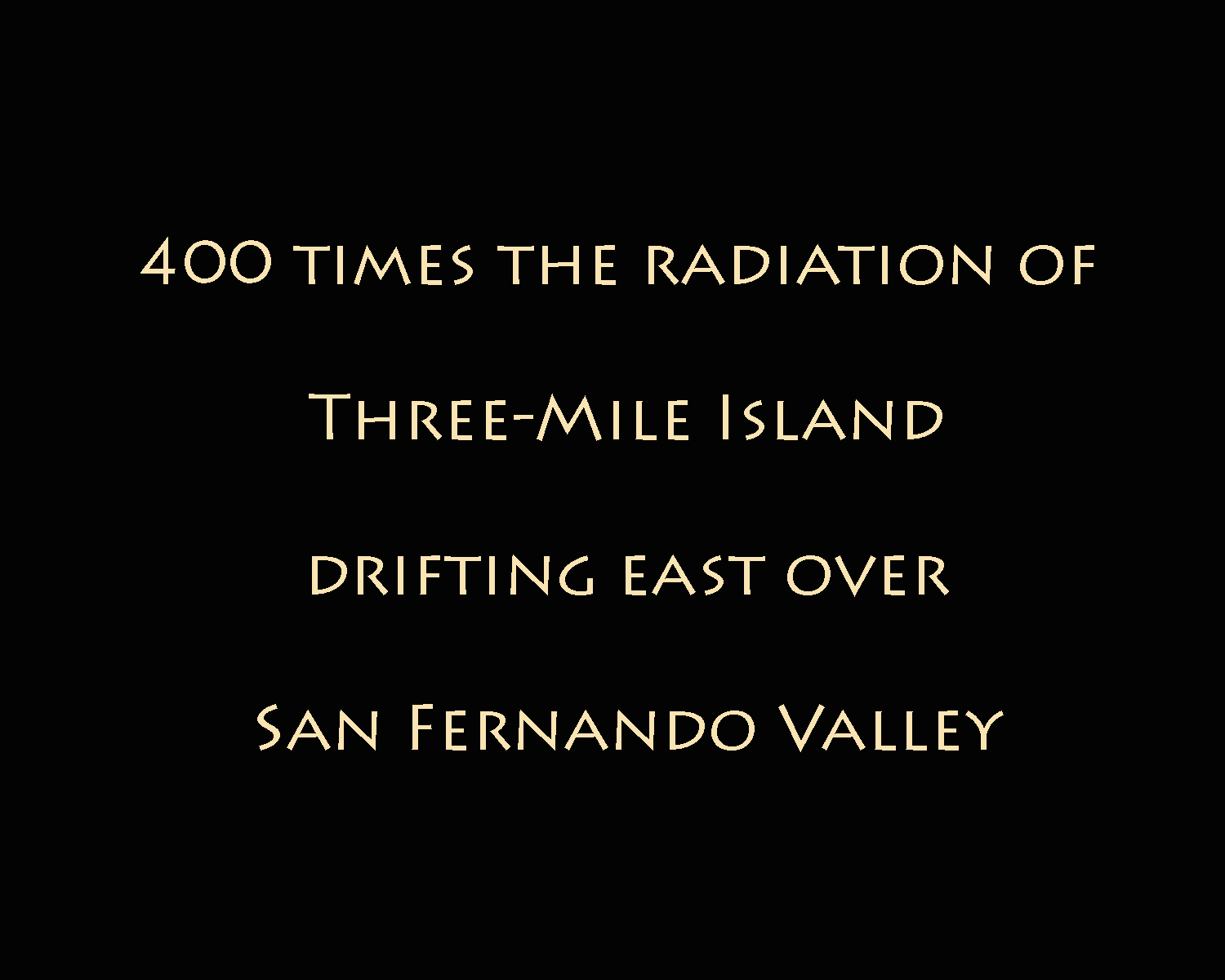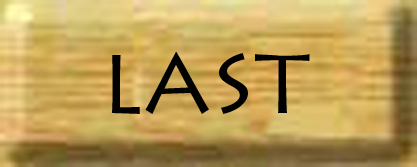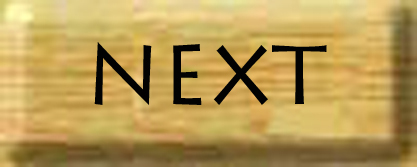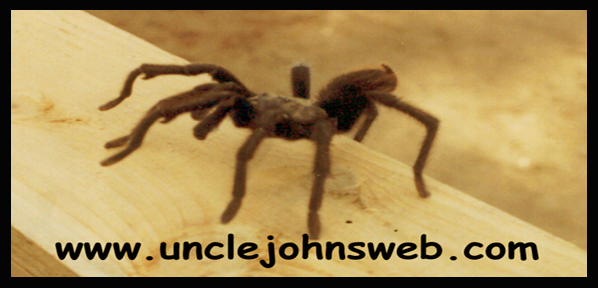
Ducking the Nukes
On most of my adventures, no kids and dogs got hit by cars.
The Soviet Union exploded its first atomic bomb in August 1949, and the cold war nuclear arms race was on. We lived in Reseda from about 1950 to 1957, through the entire Korean War, 1950 to 1953. That war was fought mainly by American forces under a UN mandate fighting alongside South Koreans, against North Koreans and Communist Chinese troops, sustained and equipped by the USSR. President Truman, who had ordered the nuclear bombing of Hiroshima and Nagasaki just 5 years before, had considered using nukes to stop a massive Chinese invasion if it became necessary. Then Ike was elected and became president in 1953, and the war was settled in a truce, which stopped the carnage, but left the familiar North-South standoff over the heavily armed "demilitarized zone" of today.
In the 1950's hundreds of nuclear tests were conducted in the Nevada desert and hundreds more in the Pacific. Many of them we could see on TV, and by then there were color TVs. In 1954 the first hydrogen bomb was tested at the Bikini Atoll. It turned out to be 2 1/2 times as powerful as expected, and as a result, the fallout was much greater than predicted and spread radioactive contamination throughout the Marshall Islands. This caused a worldwide uproar that eventually led to an atmospheric test ban treaty in 1963.
The San Fernando Valley, north of Los Angeles over the Hollywood Hills, was the heart of the US military-industrial complex. It bristled with nuclear weapons, though few of us knew it at the time. There were several warplane and missile manufacturing facilities, like Lockheed, Douglas, Northrup, Rockwell and Hughes. The Russians would certainly target the valley in any attack.
It was common to hear and see military aircraft in the skies overhead, and one day a jet fighter crashed into a vacant lot in semi rural Northridge, about a half mile from where we lived at the time. I think the pilot was able to eject. We drove by to see but there was just a smoking crater and bits of aircraft aluminum scattered around.
In the public schools, we had regular fire drills, which involved the school bells ringing in repeated bursts. When the bells went off, we had been trained to get up in a very orderly way, file out onto the playground, and stand in formation away from the buildings with your class, so that everyone could be accounted for. Air raid drills were something different.
There were air raid sirens all over the San Fernando Valley. They would go off when we were at school. We were coached to get down on our hands and knees under our desks and cover our heads with our hands; "duck and cover", with our backs to the windows. We were told to expect an intense flash of light that would blind you if you looked, and that there would then be a blast that would shatter all the glass in the windows and drive it inward.
There were Nike missile batteries around the Valley. A big one was up in the Santa Monica Mountains behind Encino, where it could also protectively overlook the Los Angeles Basin, and there was one at nearby Sepulveda Dam. There were others, but their locations were not publicized at the time. There would be film footage of them on TV rising out of the ground on their launchers with the sirens blaring in the background. Then the "all clear" would sound and they would lower themselves back into their bunkers. We thought of them as high tech anti-aircraft, surface-to-air missiles to shoot down Russian bombers, which they were at first, with the Nike-Ajax version. When they upgraded to the Nike-Hercules, it was a whole lot different. They were armed with nuclear weapons designed to fly into or near a squadron of nuclear armed Soviet bombers and detonate, taking out many airplanes with one strike. This could have been happening in the skies over the Pacific coast of Southern California. Even a successful defense would have scattered deadly nuclear fallout over highly populated Los Angeles County, and the rest of Southern California. That didn't happen.
Rocketdyne was a manufacturer of rocket engines in Canoga Park and they had a testing facility off nearby Santa Susana Pass Road at the Northwest corner of the valley. My brother-in-law Carl worked there for a short period of time. He had been in the Korean War, and when it was over, he had moved to Canoga Park and enrolled in Pierce Junior College where he met my sister. They did "static firings" up there where they would bolt down the engine and start it up to measure the strength of its thrust. They would show footage of these tests on TV too, with great streams of fire and violent billows of flame and smoke. When they did these tests, the entire valley rumbled and shook. When the firing took place at night, the mountains around Santa Susana Pass would light up.
There was a small nuclear reactor up there and in 1959, the year after my whole family moved up to Carpinteria, it had a meltdown. A sugar-coated announcement was made 3 weeks later, but it was many years before the truth was known. It is now considered the worst nuclear accident in US history, releasing over 400 times the radiation of the Three-Mile Island incident to drift out east over the San Fernando Valley.
We were long gone to Carpinteria, where the winds blew in off the ocean and the air was much cleaner, except when the lemons were on the trees in winter.





Copyright © 2022 John Oliver
All Rights Reserved
mail@unclejohnsweb.com

The Soviet Union exploded its first atomic bomb in August 1949, and the cold war nuclear arms race was on. We lived in Reseda from about 1950 to 1957, through the entire Korean War, 1950 to 1953. That war was fought mainly by American forces under a UN mandate fighting alongside South Koreans, against North Koreans and Communist Chinese troops, sustained and equipped by the USSR. President Truman, who had ordered the nuclear bombing of Hiroshima and Nagasaki just 5 years before, had considered using nukes to stop a massive Chinese invasion if it became necessary. Then Ike was elected and became president in 1953, and the war was settled in a truce, which stopped the carnage, but left the familiar North-South standoff over the heavily armed "demilitarized zone" of today.
In the 1950's hundreds of nuclear tests were conducted in the Nevada desert and hundreds more in the Pacific. Many of them we could see on TV, and by then there were color TVs. In 1954 the first hydrogen bomb was tested at the Bikini Atoll. It turned out to be 2 1/2 times as powerful as expected, and as a result, the fallout was much greater than predicted and spread radioactive contamination throughout the Marshall Islands. This caused a worldwide uproar that eventually led to an atmospheric test ban treaty in 1963.
The San Fernando Valley, north of Los Angeles over the Hollywood Hills, was the heart of the US military-industrial complex. It bristled with nuclear weapons, though few of us knew it at the time. There were several warplane and missile manufacturing facilities, like Lockheed, Douglas, Northrup, Rockwell and Hughes. The Russians would certainly target the valley in any attack.
It was common to hear and see military aircraft in the skies overhead, and one day a jet fighter crashed into a vacant lot in semi rural Northridge, about a half mile from where we lived at the time. I think the pilot was able to eject. We drove by to see but there was just a smoking crater and bits of aircraft aluminum scattered around.
In the public schools, we had regular fire drills, which involved the school bells ringing in repeated bursts. When the bells went off, we had been trained to get up in a very orderly way, file out onto the playground, and stand in formation away from the buildings with your class, so that everyone could be accounted for. Air raid drills were something different.
There were air raid sirens all over the San Fernando Valley. They would go off when we were at school. We were coached to get down on our hands and knees under our desks and cover our heads with our hands; "duck and cover", with our backs to the windows. We were told to expect an intense flash of light that would blind you if you looked, and that there would then be a blast that would shatter all the glass in the windows and drive it inward.
There were Nike missile batteries around the Valley. A big one was up in the Santa Monica Mountains behind Encino, where it could also protectively overlook the Los Angeles Basin, and there was one at nearby Sepulveda Dam. There were others, but their locations were not publicized at the time. There would be film footage of them on TV rising out of the ground on their launchers with the sirens blaring in the background. Then the "all clear" would sound and they would lower themselves back into their bunkers. We thought of them as high tech anti-aircraft, surface-to-air missiles to shoot down Russian bombers, which they were at first, with the Nike-Ajax version. When they upgraded to the Nike-Hercules, it was a whole lot different. They were armed with nuclear weapons designed to fly into or near a squadron of nuclear armed Soviet bombers and detonate, taking out many airplanes with one strike. This could have been happening in the skies over the Pacific coast of Southern California. Even a successful defense would have scattered deadly nuclear fallout over highly populated Los Angeles County, and the rest of Southern California. That didn't happen.
Rocketdyne was a manufacturer of rocket engines in Canoga Park and they had a testing facility off nearby Santa Susana Pass Road at the Northwest corner of the valley. My brother-in-law Carl worked there for a short period of time. He had been in the Korean War, and when it was over, he had moved to Canoga Park and enrolled in Pierce Junior College where he met my sister. They did "static firings" up there where they would bolt down the engine and start it up to measure the strength of its thrust. They would show footage of these tests on TV too, with great streams of fire and violent billows of flame and smoke. When they did these tests, the entire valley rumbled and shook. When the firing took place at night, the mountains around Santa Susana Pass would light up.
There was a small nuclear reactor up there and in 1959, the year after my whole family moved up to Carpinteria, it had a meltdown. A sugar-coated announcement was made 3 weeks later, but it was many years before the truth was known. It is now considered the worst nuclear accident in US history, releasing over 400 times the radiation of the Three-Mile Island incident to drift out east over the San Fernando Valley.
We were long gone to Carpinteria, where the winds blew in off the ocean and the air was much cleaner, except when the lemons were on the trees in winter.





Copyright © 2022 John Oliver
All Rights Reserved
mail@unclejohnsweb.com

All Rights Reserved
mail@unclejohnsweb.com
